This vertical forest in China brings nature to the urban environment
Easyhome Huanggang Vertical Forest City Complex incorporates greenery from 404 trees, 4,620 shrubs and 2,408 sq m of grass, flowers and climbing plants
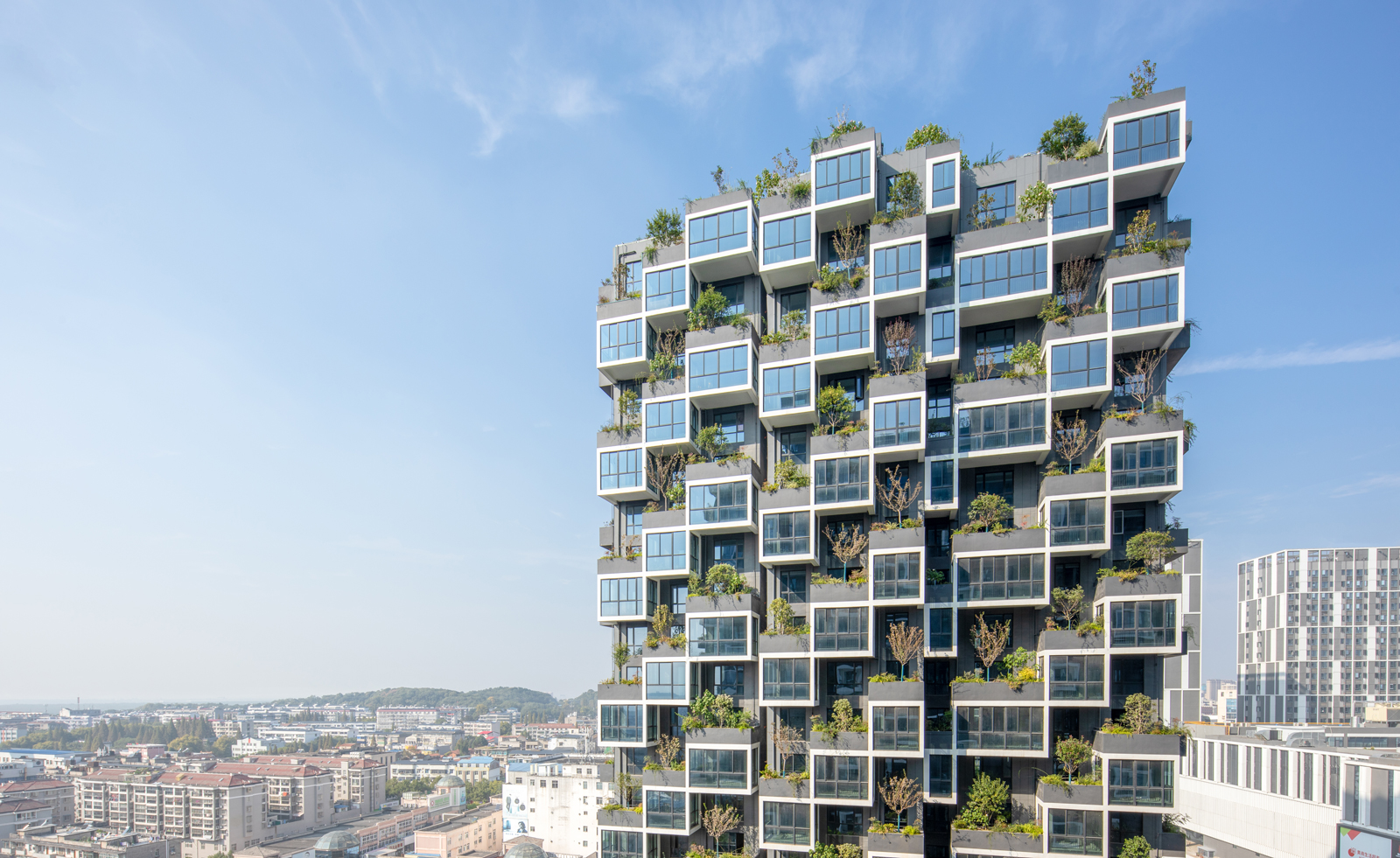
Vertical garden meets residential accommodation in the new Easyhome Huanggang Vertical Forest City Complex in Huanggang, Hubei province, China. Stefano Boeri Architetti China is behind the design, which has just welcomed its first tenants. It continues the Italian architect and Salone del Mobile 2021 curator Boeri’s exploration of the Bosco Verticale (vertical forest) concept of sustainable architecture. His award-winning, first, Milanese iteration, named the world’s 2015 Best Tall Building, has already welcomed residents in apartments and penthouses.
Of the new Huanggang complex, Boeri says: ‘The design allows an excellent view of the tree-lined façades, enhancing the sensorial experience of the greenery and integrating the plant landscape with the architectural dimension. Thus, the inhabitants of the residential towers have the opportunity to experience the urban space from a different perspective while fully enjoying the comfort of being surrounded by nature.’
Vertical Forest is greening the urban landscape
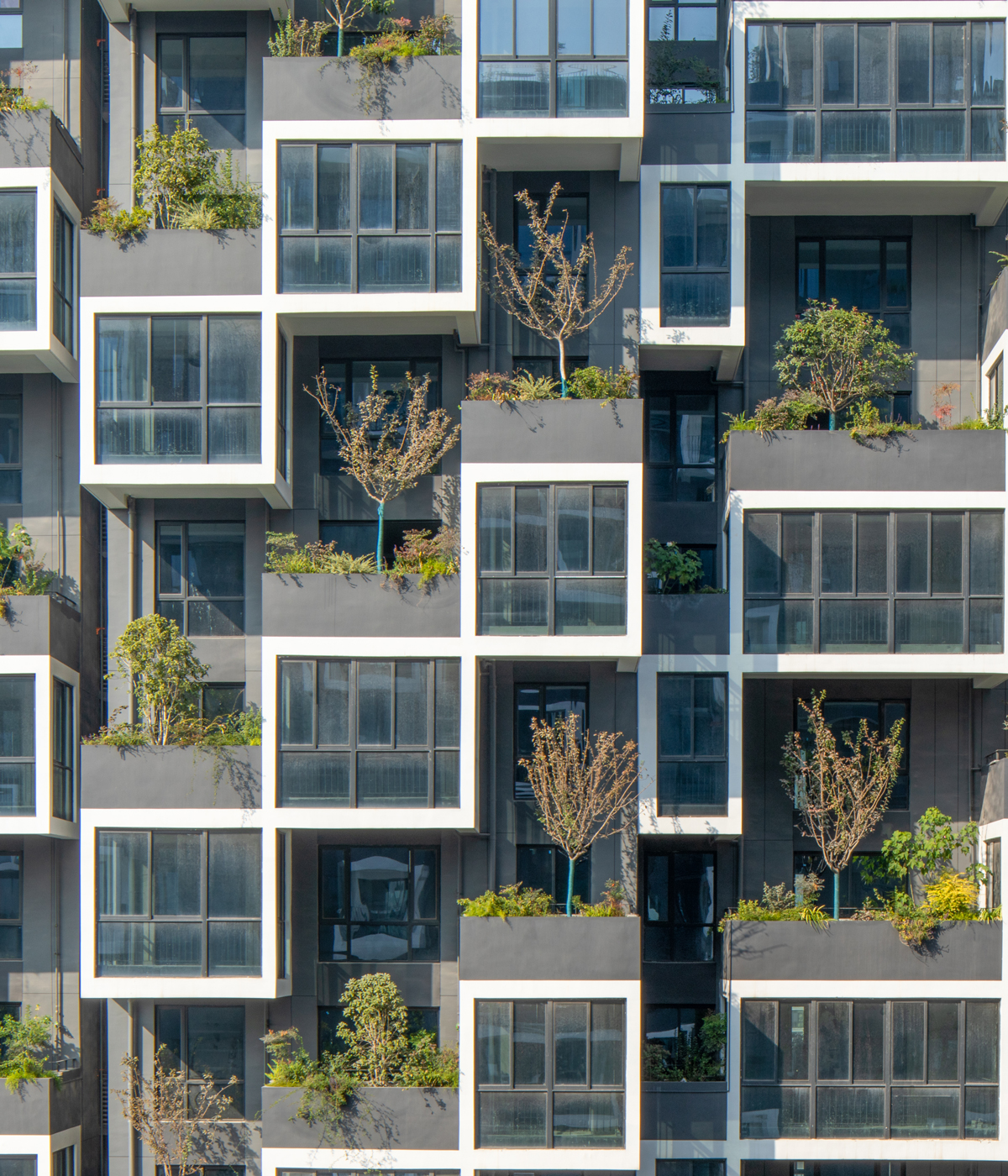
The new project features both open and closed balconies, which brings a sense of movement to a design constantly in flux thanks to the developing nature of the foliage. Composed of five towers – two designated for residential use and the rest for hotels and commercial spaces – the complex incorporates greenery selected from local species. Vegetation spanning 404 trees, 4,620 shrubs and 2,408 sq m of grass, flowers and climbing plants should absorb 22 tonnes of carbon dioxide a year, while producing 11 tonnes a year of oxygen.
‘The completion of Easyhome Huanggang Vertical Forest City Complex is a big step in the practice of Stefano Boeri’s green concept in China,’ says Xu Yibo, partner of Stefano Boeri Architetti China. ‘This project represents very comforting news for all of us: we hope that one day everyone will have the chance to live close to nature in their own private area rather than just in public buildings. The Vertical Forest model in residences will fundamentally transform the landscape of future cities and change people's expectations for future ecological life.’
Adds Pietro Chiodi, project director of Stefano Boeri Architetti China: ‘The first Vertical Forest built in China has a double meaning: for us, it opens a new architectural typology – with extruded volumes fitting among the trees – while for Huanggang it may trigger an overall process of regeneration and redevelopment of the urban context.’
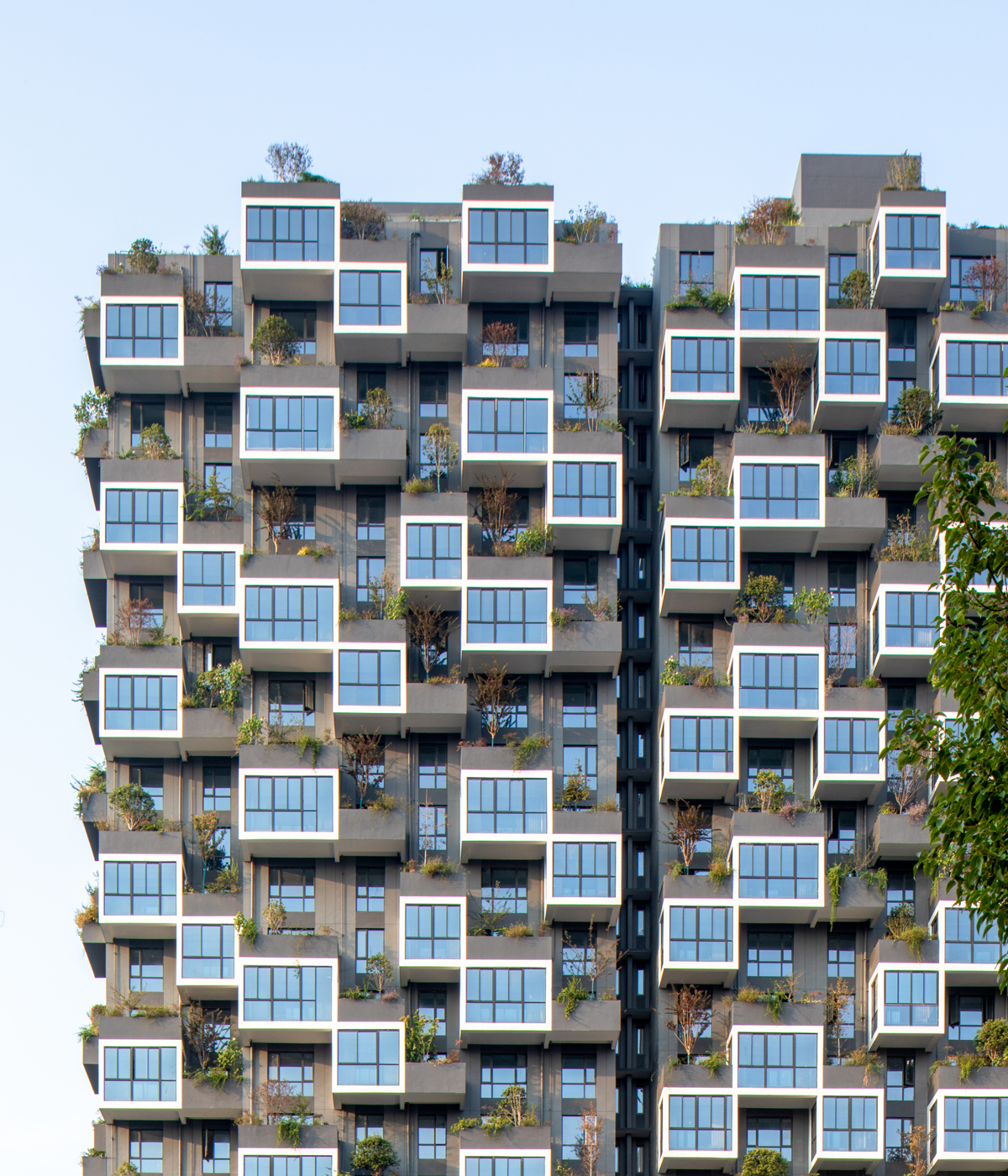
INFORMATION
Receive our daily digest of inspiration, escapism and design stories from around the world direct to your inbox.
Hannah Silver is the Art, Culture, Watches & Jewellery Editor of Wallpaper*. Since joining in 2019, she has overseen offbeat art trends and conducted in-depth profiles, as well as writing and commissioning extensively across the worlds of culture and luxury. She enjoys travelling, visiting artists' studios and viewing exhibitions around the world, and has interviewed artists and designers including Maggi Hambling, William Kentridge, Jonathan Anderson, Chantal Joffe, Lubaina Himid, Tilda Swinton and Mickalene Thomas.
-
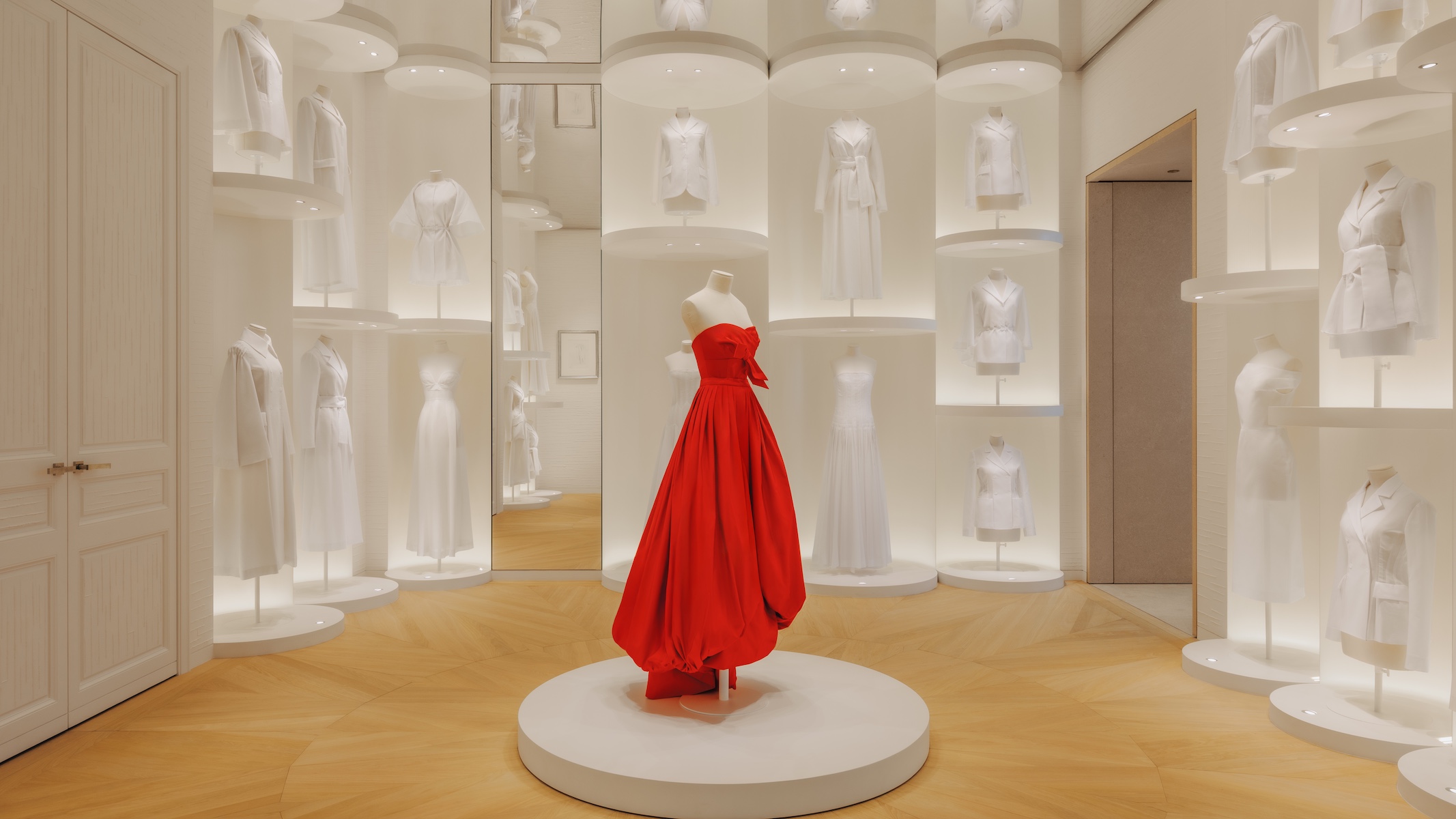 Inside Christian de Portzamparc’s showstopping House of Dior Beijing: ‘sculptural, structural, alive’
Inside Christian de Portzamparc’s showstopping House of Dior Beijing: ‘sculptural, structural, alive’Daven Wu travels to Beijing to discover Dior’s dramatic new store, a vast temple to fashion that translates haute couture into architectural form
-
 A music player for the mindful, Sleevenote shuns streaming in favour of focused listening
A music player for the mindful, Sleevenote shuns streaming in favour of focused listeningDevised by musician Tom Vek, Sleevenote is a new music player that places artist intent and the lost art of record collecting at the forefront of the experience
-
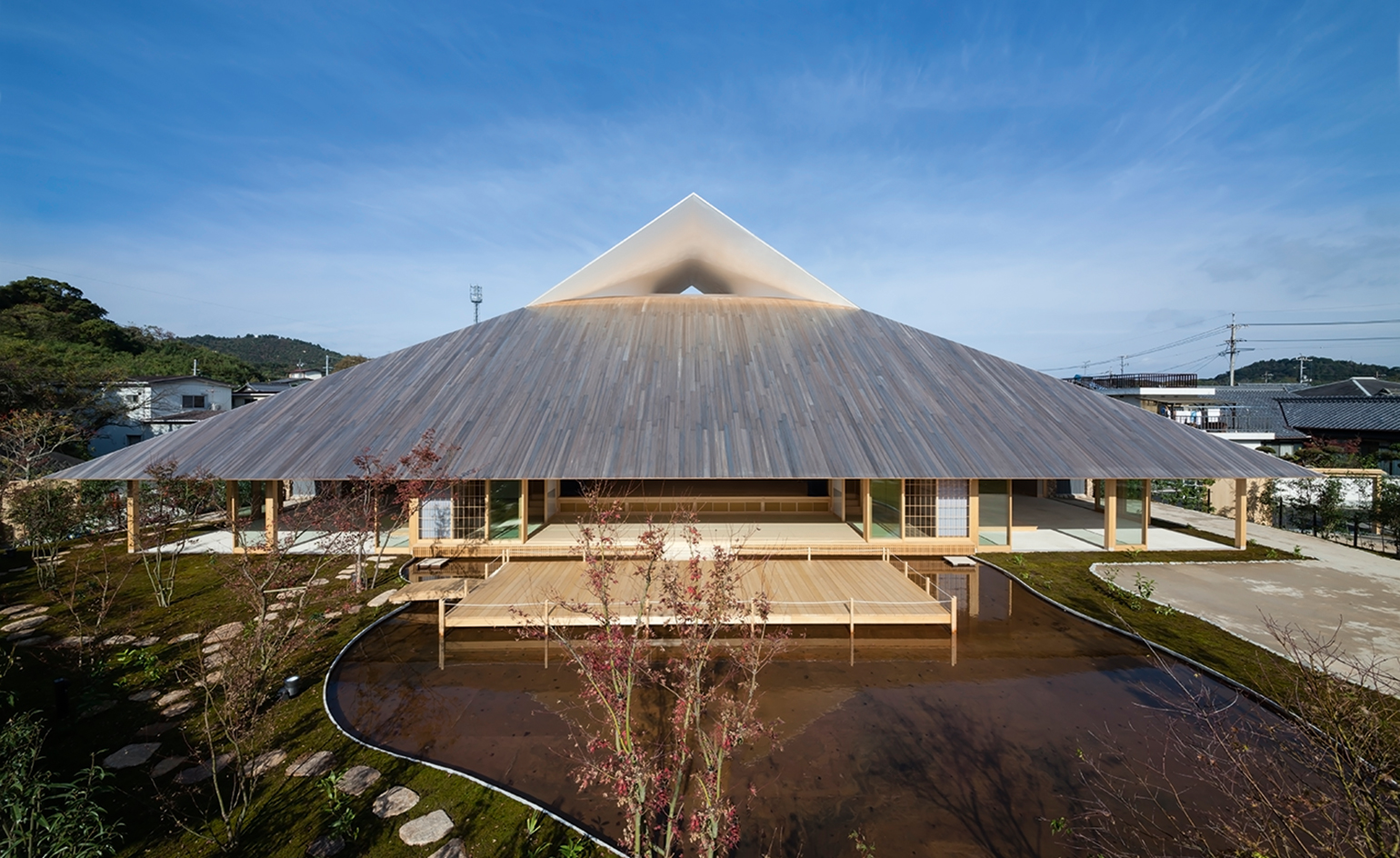 Take a tour of the 'architectural kingdom' of Japan
Take a tour of the 'architectural kingdom' of JapanJapan's Seto Inland Sea offers some of the finest architecture in the country – we tour its rich selection of contemporary buildings by some of the industry's biggest names
-
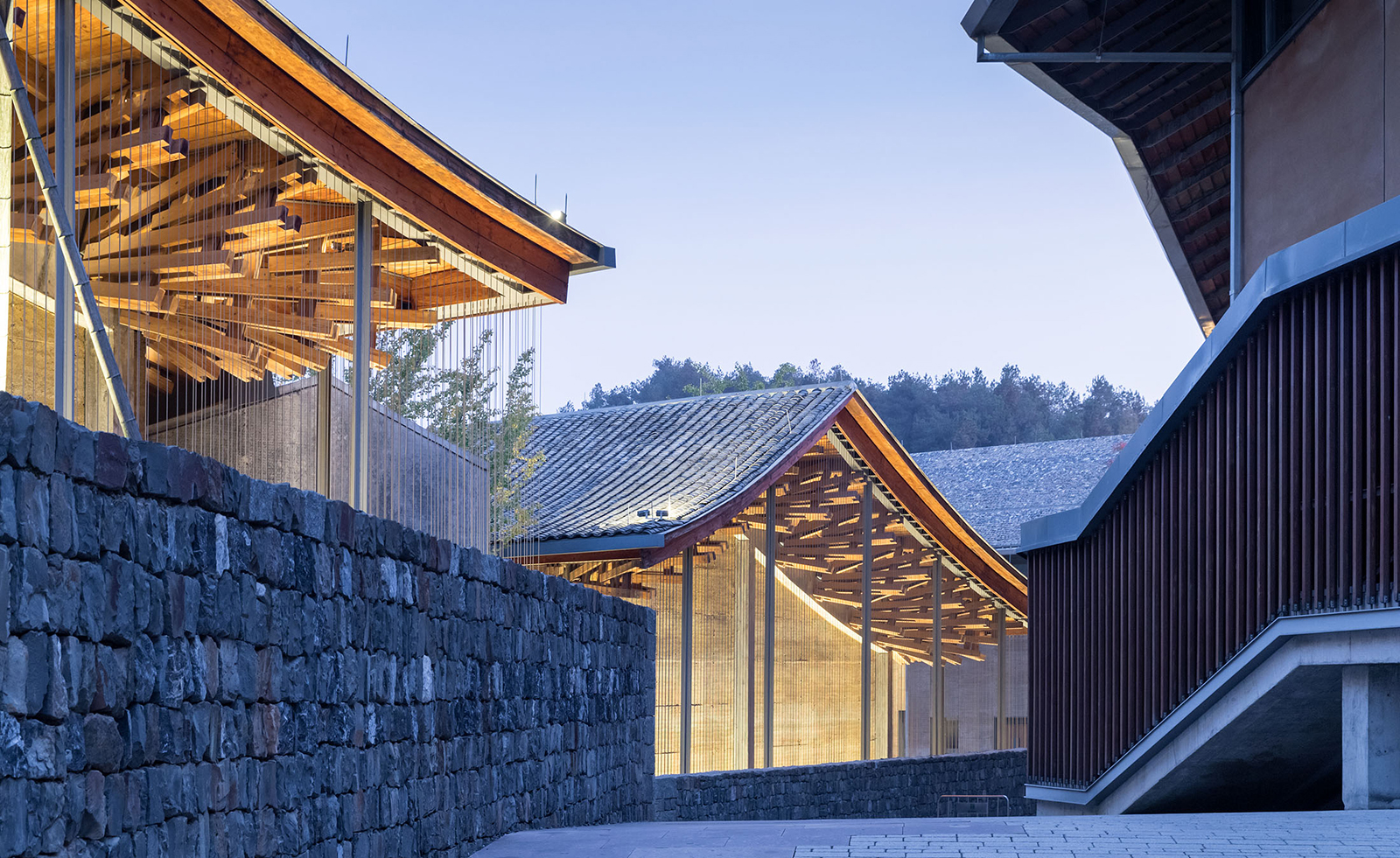 Wang Shu and Lu Wenyu to curate the 2027 Venice Architecture Biennale
Wang Shu and Lu Wenyu to curate the 2027 Venice Architecture BiennaleChinese architects Wang Shu and Lu Wenyu have been revealed as the curators of the 2027 Venice Architecture Biennale
-
 At the Holcim Foundation Forum and its Grand Prizes, sustainability is both urgent and hopeful
At the Holcim Foundation Forum and its Grand Prizes, sustainability is both urgent and hopefulThe Holcim Foundation Forum just took place in Venice, culminating in the announcement of the organisation's Grand Prizes, the projects especially honoured among 20 previously announced winning designs
-
 Tour this Chinese eco-farm, an imaginative wonderland connecting visitors with nature
Tour this Chinese eco-farm, an imaginative wonderland connecting visitors with natureLuxeIsland Farm by Various Associates is an eco-farm and visitor attraction in China’s picturesque Wuhan region; take a stroll across its fantastical landscape
-
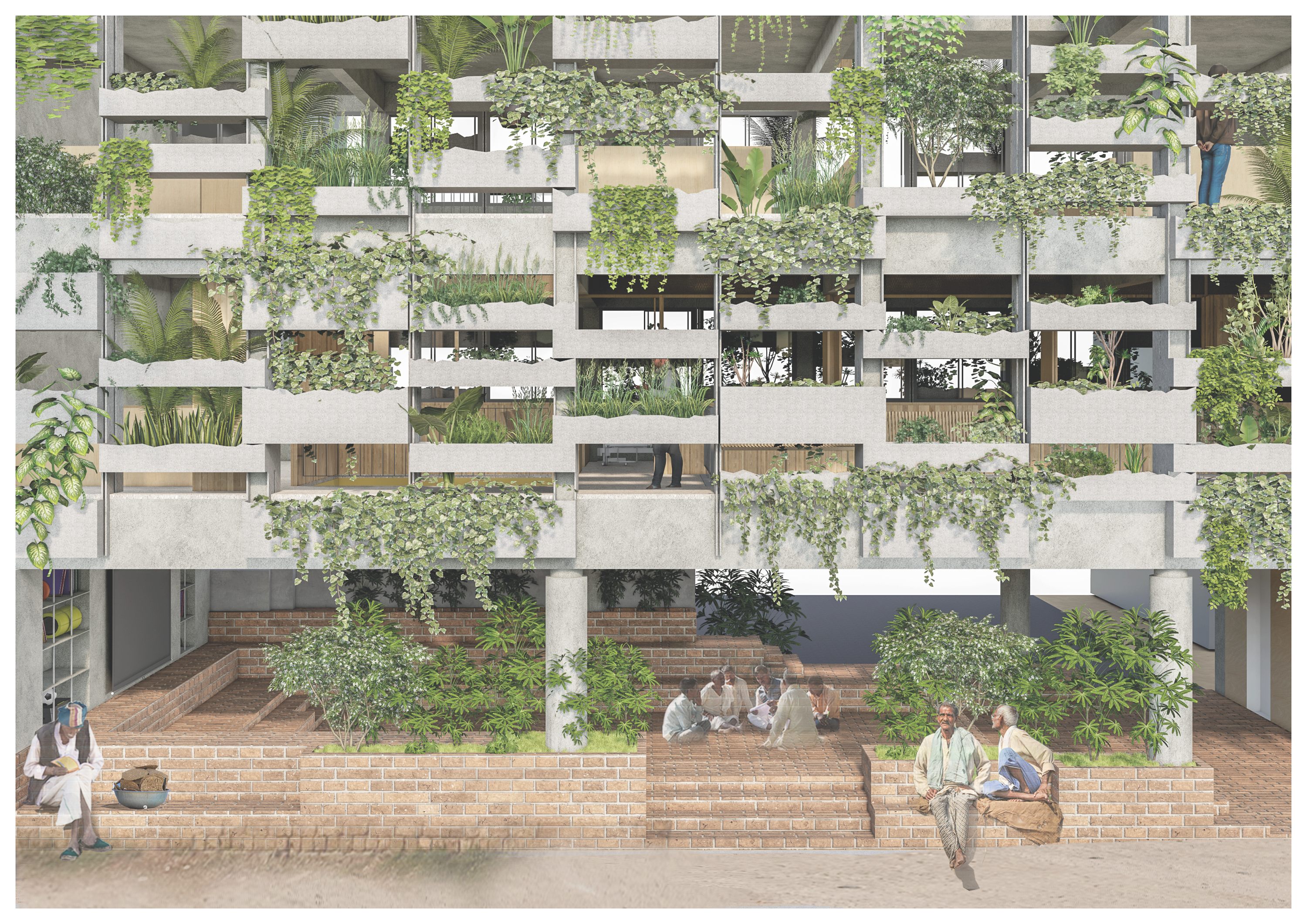 Holcim Foundation Awards celebrate sustainability with 20 winners; Sou Fujimoto explains all
Holcim Foundation Awards celebrate sustainability with 20 winners; Sou Fujimoto explains allThe 2025 Holcim Foundation Awards have just been announced, crowning 20 projects from across the globe as the most inspirational schemes in the field of sustainable architecture; we caught up with Asia Pacific jury chair Sou Fujimoto to find out more
-
 Honouring visionary landscape architect Kongjian Yu (1963-2025)
Honouring visionary landscape architect Kongjian Yu (1963-2025)Kongjian Yu, the renowned landscape architect and founder of Turenscape, has died; we honour the multi-award-winning creative’s life and work
-
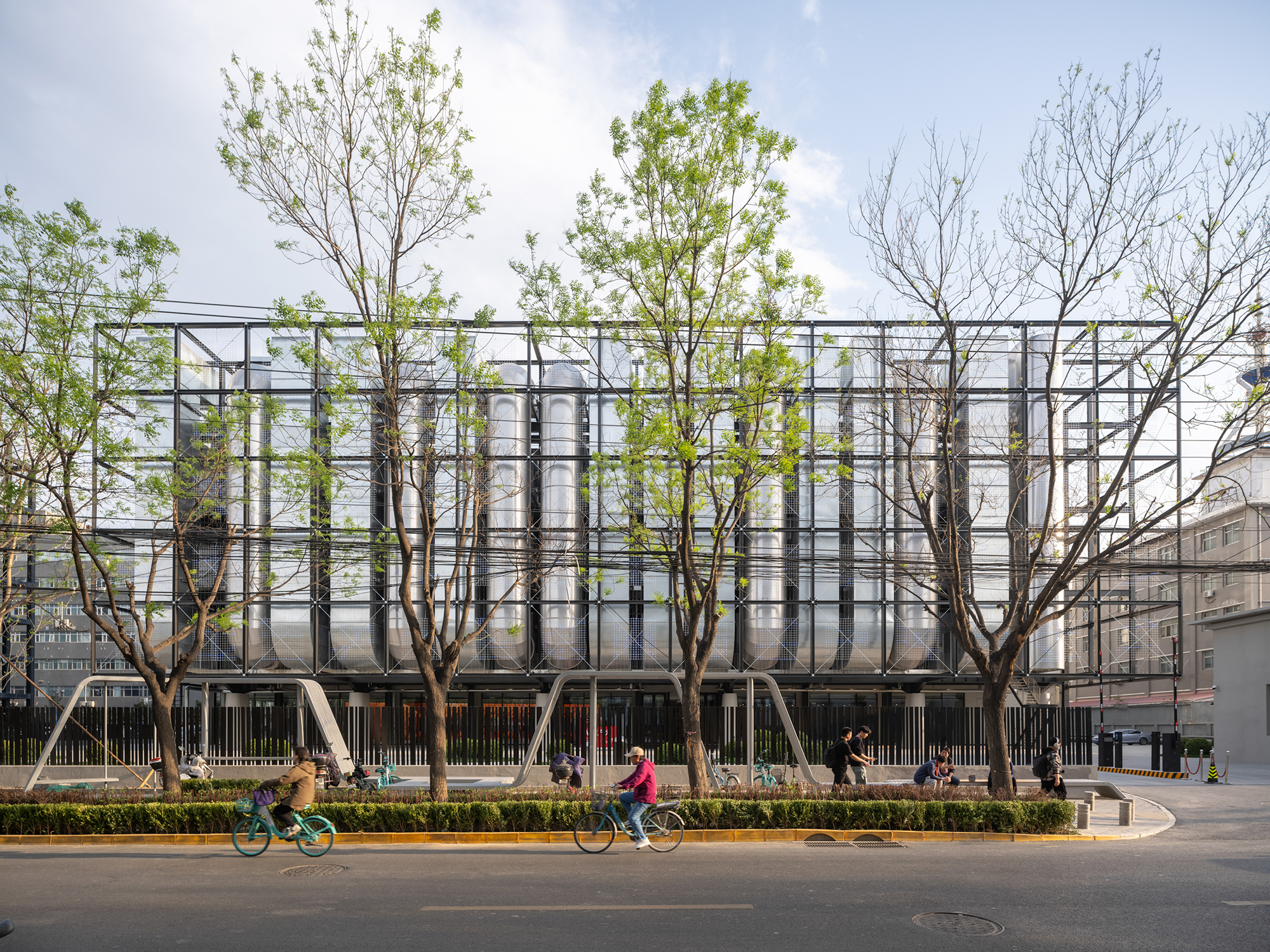 A new AI data centre in Beijing is designed to evolve and adapt, just like the technology within
A new AI data centre in Beijing is designed to evolve and adapt, just like the technology withinSpecialised data centre Spark 761, designed by llLab, is conceived as a physical space where humans and AI technology can coexist
-
 Shanghai’s biennial, RAMa 2025, takes architectural exploration outside
Shanghai’s biennial, RAMa 2025, takes architectural exploration outsideRAMa 2025, the architecture biennial at Rockbund Art Museum in Shanghai, launches, taking visitors on a journey through a historic city neighbourhood – and what it needs
-
 What are biomaterials? Everything you need to know about Mother Nature's building blocks
What are biomaterials? Everything you need to know about Mother Nature's building blocksCould the cities of the future be grown from plants, bacteria and fungi? Architects explain